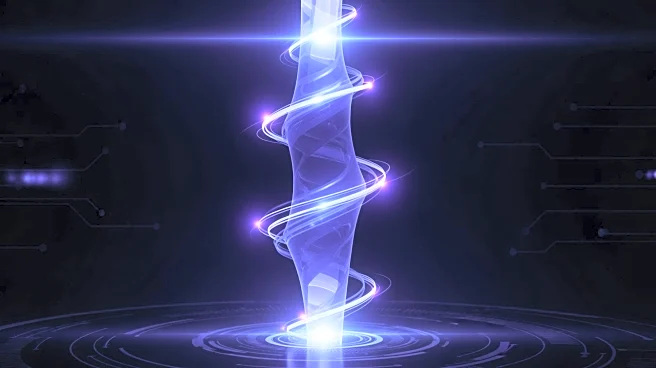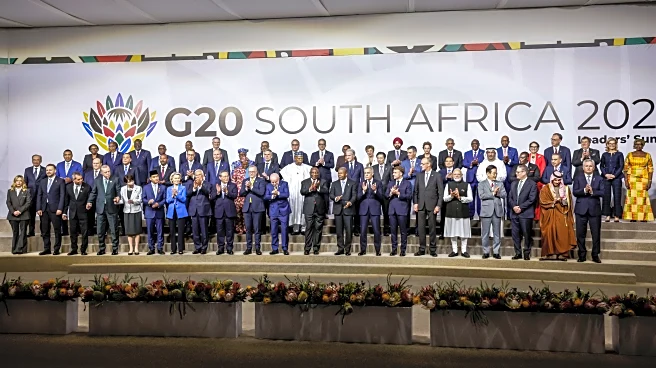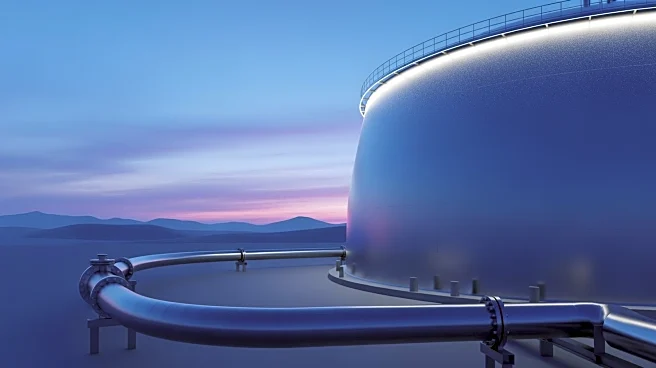What's Happening?
Tampere University in Finland has received €4.4 million from the European Union's Marie Skłodowska-Curie Actions program to lead a new Doctoral Network focused on high-power optical vortex beams. The High-Power
Optical Vortices (HiPOVor) initiative will train 15 doctoral researchers in creating and applying these beams, which carry orbital angular momentum and offer potential for ultra-precise material processing, particle acceleration, and data transmission. The project aims to overcome current limitations in generating and maintaining optical vortices, establishing them as a key technology for future light-matter interaction advancements.
Why It's Important?
The development of high-power optical vortex technology could transform various applications, including precision manufacturing and high-resolution imaging. By training researchers in this field, the HiPOVor initiative supports innovation in photonics, potentially leading to new products and more efficient processes. The project also emphasizes environmental benefits, such as reducing hazardous chemicals and energy demand through advanced predictive technologies. This initiative represents a significant step towards establishing optical vortices as a fundamental technology in photonics, with implications for industries ranging from telecommunications to materials science.
What's Next?
The HiPOVor project is set to begin on January 1, 2026, involving a consortium of universities, industrial collaborators, and research institutions across Europe. The initiative will focus on developing skills in designing components, studying light-matter interactions, and advancing practical applications of high-power optical vortices. As the project progresses, it may lead to breakthroughs in photonics technology, influencing future research and development in the field. The collaboration between academic and industrial partners could also foster knowledge exchange and drive innovation in photonics.













